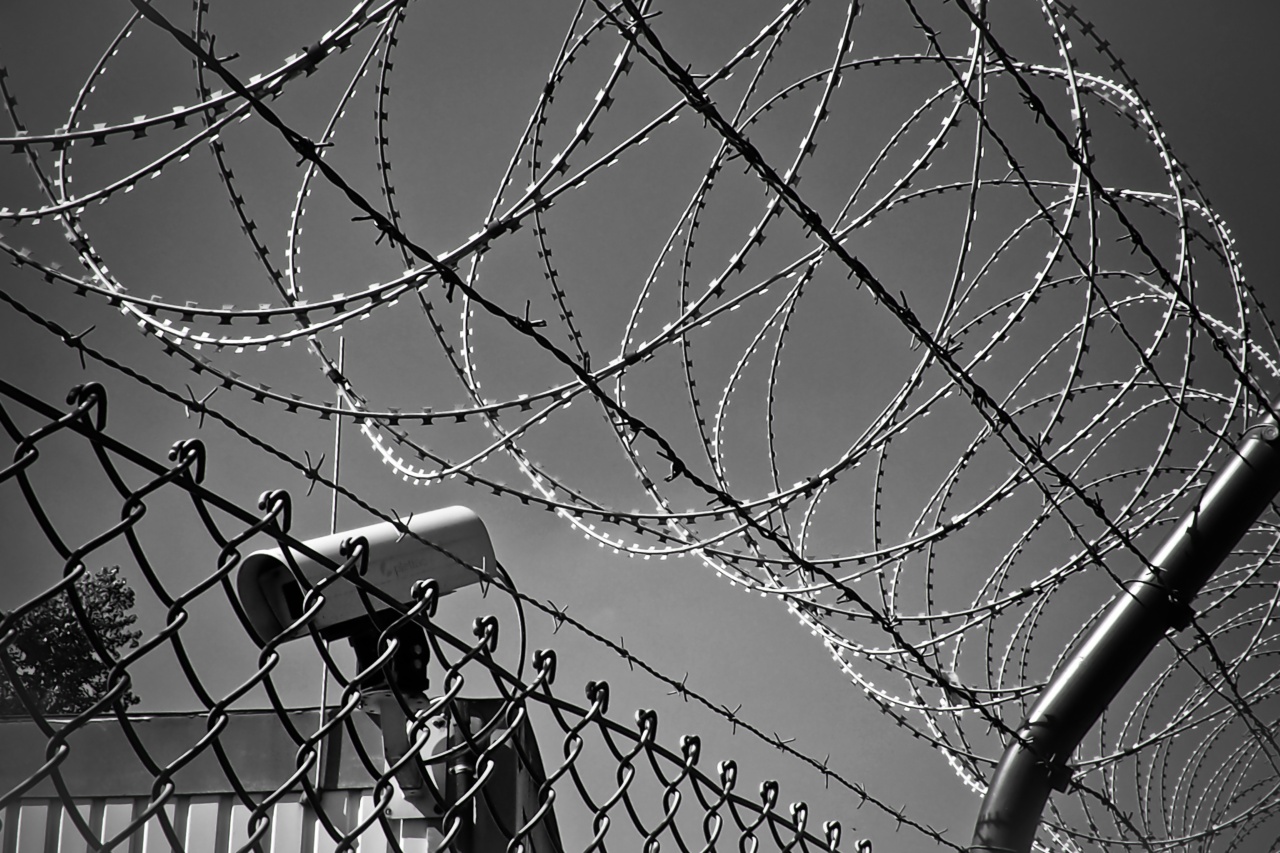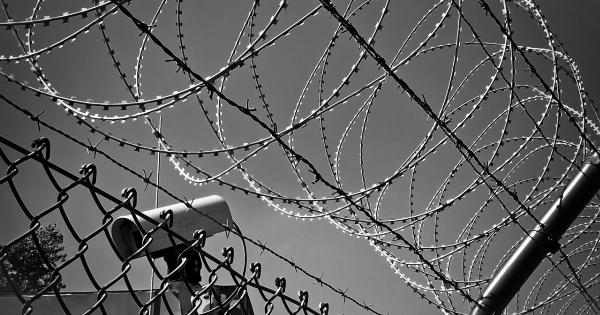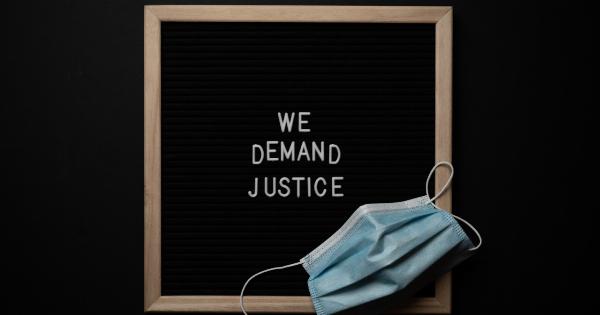Police officers have one of the most challenging and dangerous jobs in society. They put their lives on the line every day to ensure the safety and security of their communities.
While they are trained to handle various situations and equipped with the necessary tools, being a police officer also exposes them to potential hazards. In this article, we will explore some of the hazards that police officers face in the line of duty.
Physical Violence
One of the most immediate and obvious hazards for police officers is the risk of physical violence. They often find themselves dealing with individuals who may be aggressive, armed, or under the influence of drugs or alcohol.
This puts the officers in direct danger of being assaulted, injured, or even killed during confrontations.
Exposure to Harmful Substances
Police officers frequently encounter hazardous substances during their work. They may come into contact with illegal drugs, which can pose a serious health risk if absorbed through the skin or inhaled.
Additionally, they may encounter chemical spills, toxic fumes, or biological hazards at crime scenes or during investigations, further exposing them to potential dangers.
Traffic Accidents
Police officers are often required to respond to traffic incidents and enforce traffic laws. Unfortunately, this exposes them to the risks associated with vehicular accidents.
Whether they are conducting traffic stops, managing accidents, or pursuing suspects, officers are at high risk of being involved in collisions that can lead to severe injuries or fatalities.
Firearms and Weapons
Firearms and other weapons are standard equipment for police officers. While they are trained in their use, there is always a risk of accidents or misuse.
Officers must remain vigilant at all times to minimize the potential for accidental discharge or having their weapons seized by suspects, which can turn the tables against them.
Mental Health Challenges
The nature of police work can take a toll on officers’ mental health. They are frequently exposed to distressing and traumatic incidents, including violent crimes, accidents, and fatalities.
This exposure can lead to conditions such as post-traumatic stress disorder (PTSD), depression, anxiety, and suicide. It is essential for law enforcement agencies to provide adequate support and resources to help officers cope with these challenges.
Infectious Diseases
When dealing with criminal activities or medical emergencies, police officers may come into contact with individuals carrying infectious diseases.
Blood-borne pathogens, such as HIV or hepatitis, pose significant risks if officers are exposed to them through bodily fluids. Therefore, proper personal protective equipment and training are crucial to minimize the chances of transmission.
Stress and Burnout
The demands and pressures of police work can lead to chronic stress and burnout. Officers often work long and irregular hours, face high levels of responsibility, and deal with demanding situations on a daily basis.
This can result in physical and psychological exhaustion, leading to decreased job performance, increased errors, and strained relationships.
Environmental Hazards
Police officers work in various environments, including urban, suburban, and rural settings. Each comes with its own unique hazards. Officers may encounter dangerous weather conditions, such as extreme heat, cold, or storms.
They may also face hazards like uneven terrain, hazardous materials, or unstable structures during their operations.
Lack of Resources and Equipment
Despite the crucial nature of their work, police officers often face resource constraints. Limited funding may result in inadequate training, outdated equipment, or insufficient staffing levels.
These limitations can compromise the safety of officers, as they are not adequately equipped to handle certain situations or protect themselves from potential dangers.
Dog Attacks
Police officers frequently encounter aggressive and potentially dangerous dogs. Whether responding to calls, conducting searches, or executing warrants, they may encounter dogs trained for protection or those displaying aggressive behavior.
These encounters pose a risk of injury, including bites or attacks, which can have severe physical and psychological consequences.
Conclusion
The hazards faced by police officers in their line of work are numerous and diverse. From physical violence to exposure to harmful substances, traffic accidents, and mental health challenges, they must constantly navigate a dangerous landscape.
It is crucial for law enforcement agencies to prioritize the safety and well-being of their officers by providing comprehensive training, appropriate resources, and ongoing support to mitigate these hazards.






























